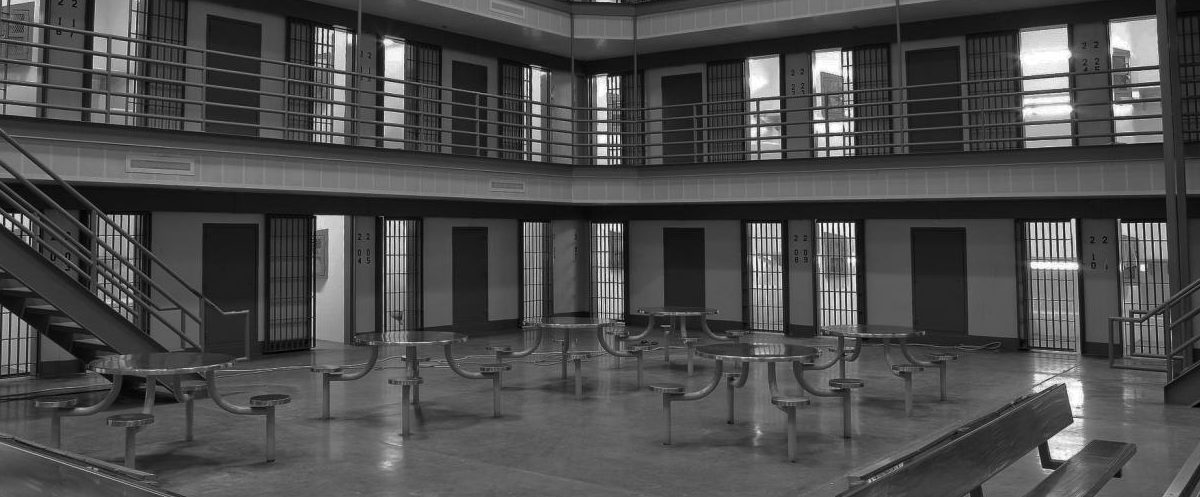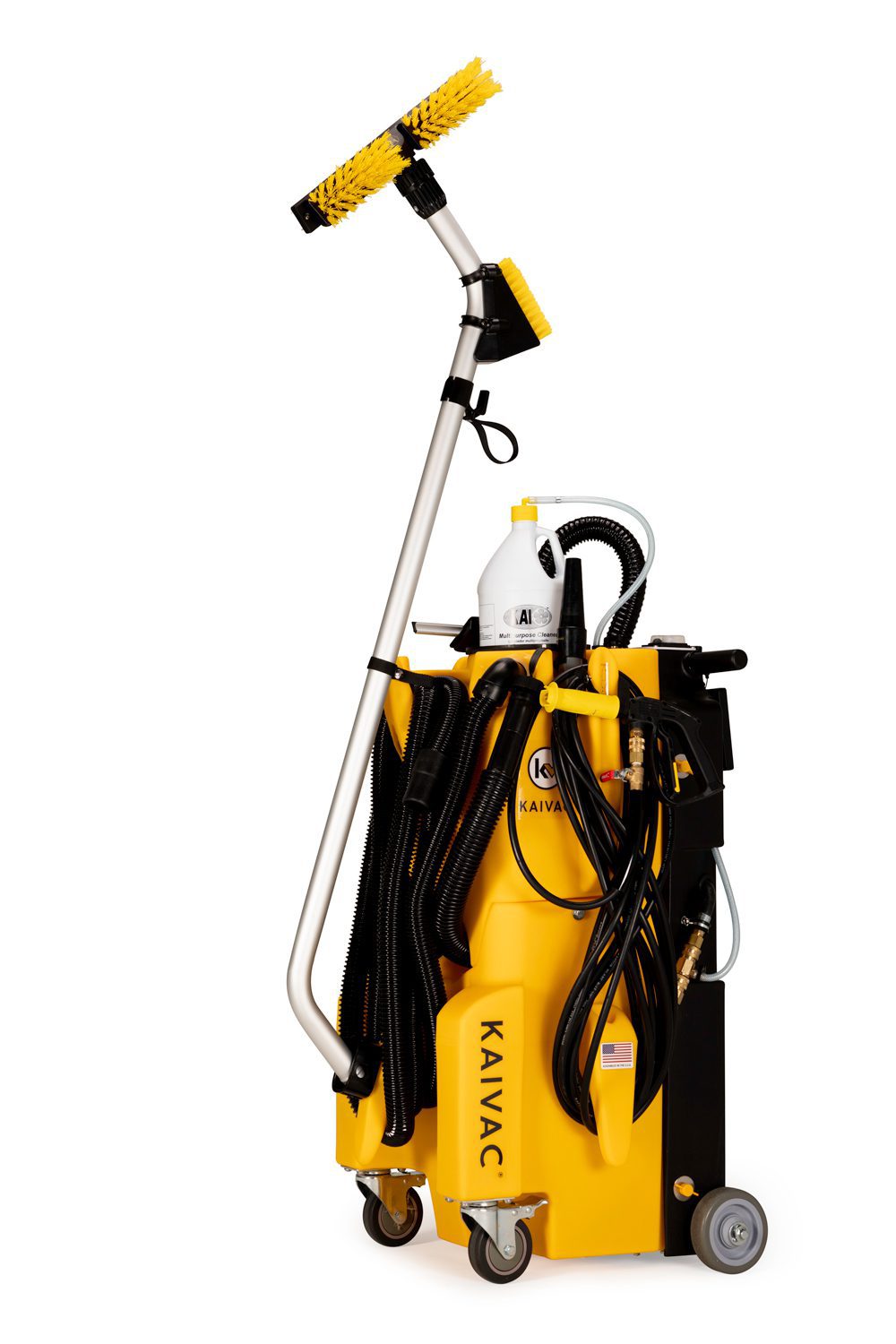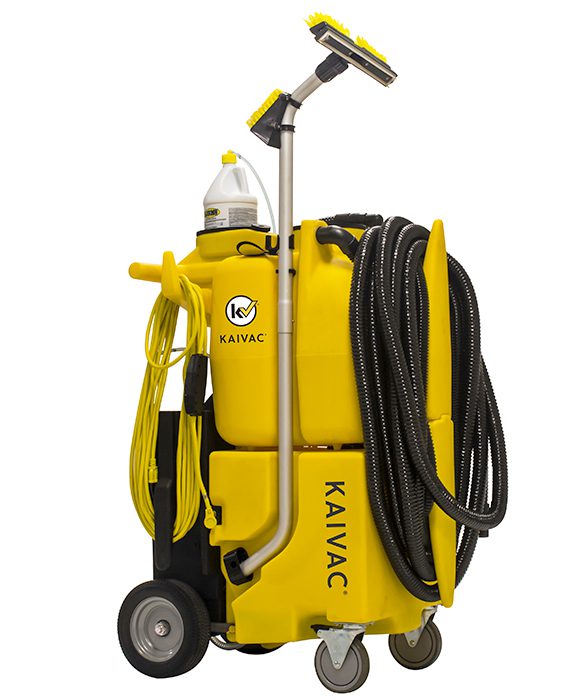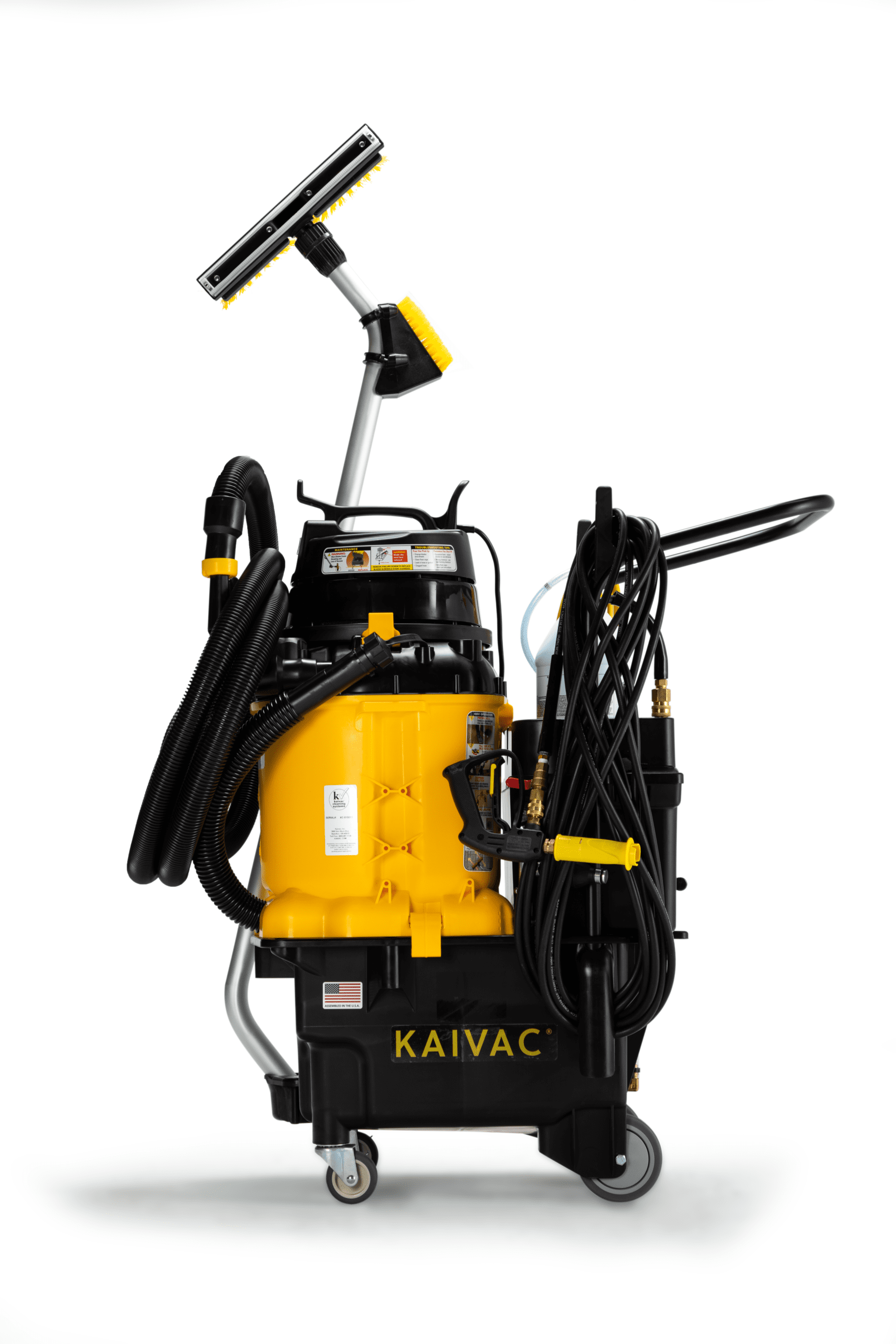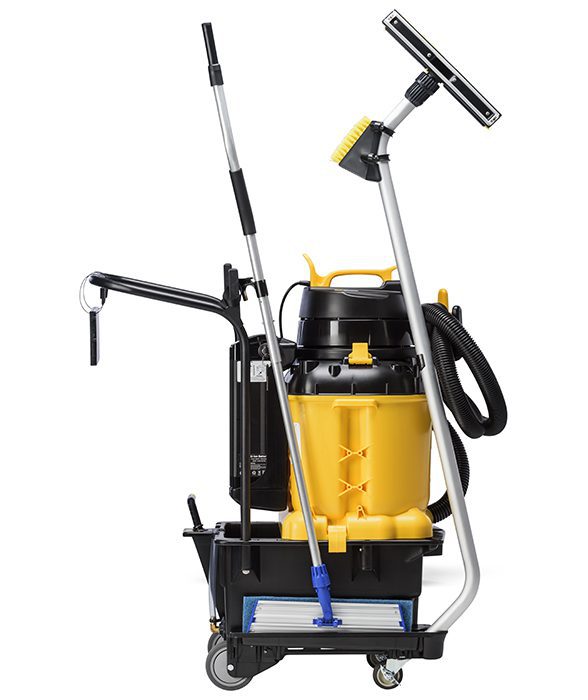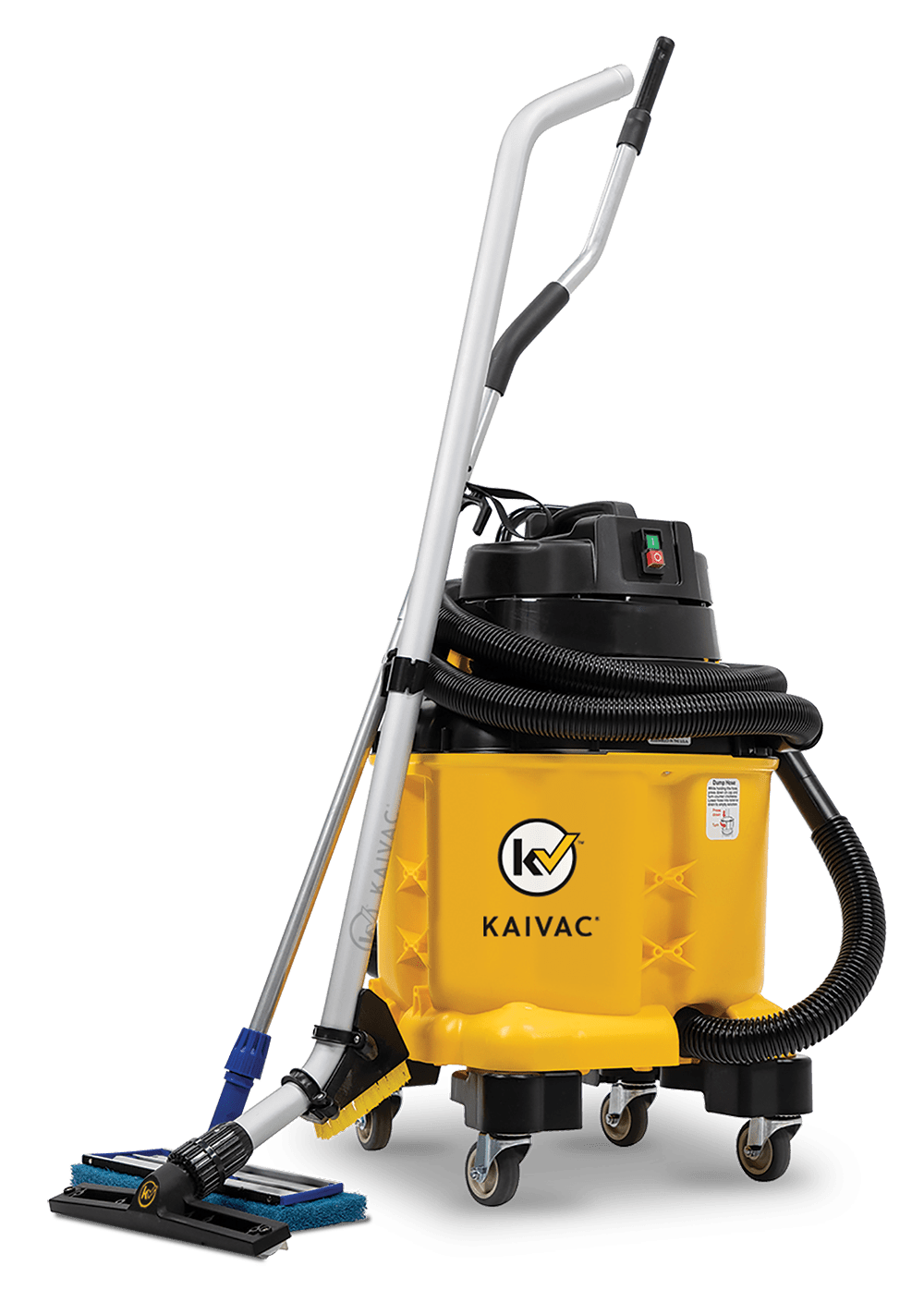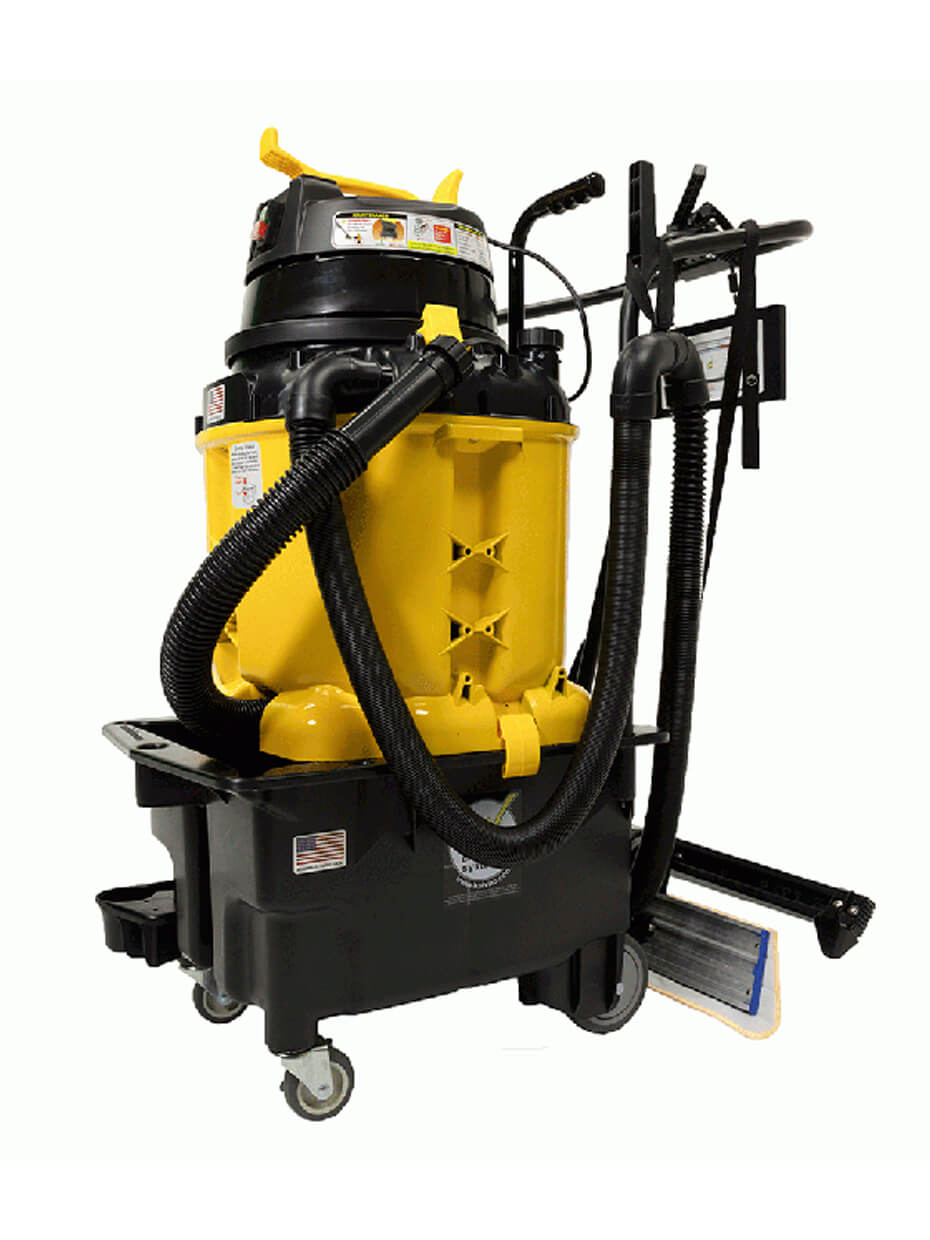Knowing how to clean a correctional facility is critical to public health. Of course, correctional facilities, jails and prisons face the same cleaning challenges as any other large, densely-populated facility. But their unique characteristics make the job harder and more crucial.
Living and/or working in a prison presents many difficulties. Add in issues like overcrowding and underfunding and that difficulty compounds exponentially. Let it go long enough and the price tag gets bigger and bigger. Academic research confirms that ignoring overcrowding, maintenance issues, and poor sanitation practices lead to an increase in the likelihood of violence within prisons.
Correctional facilities possess one advantage over any other large institution. Labor, one of the biggest costs in professional cleaning, is not an issue in jail. Inmates often do much of the expected cleaning. Training programs further leverage that work by teaching the population a valuable technical skill they take with them after release.
A Prison Population Boom
The Bureau of Justice Statistics reports that there were 6.7 million persons supervised the U.S. adult correctional systems in 2015, compared to 1.8 million in 1980. Overcrowded interiors provide ideal conditions to spread a variety of illnesses to the entire population: prisoners, employees, and visitors alike.
The problem gets worse after considering that newly incarcerated inmates have an increased prevalence of infections. HIV, hepatitis B, hepatitis C, syphilis, gonorrhea, chlamydia, and Mycobacterium tuberculosis infections occur at a higher rate than in the rest of the population, according to Clinical Infectious Diseases.
Once incarcerated, inmates face an increased risk of acquiring blood-borne pathogens, sexually transmitted diseases, methicillin-resistant Staphylococcus aureus infection, and infection with airborne organisms, such as M. tuberculosis, influenza virus, and varicella-zoster virus.
Cleaning Standards: a Must in the Correctional Environment
With the risks of bad cleaning practices in prisons and jails so high, putting clear protocols in place is paramount. A written cleaning plan lays out expectations for both inmate labor and employee supervisors in a detailed and formal way. It should cover what cleaning tasks need to be performed; when, where, and how often to perform them; and what tools and products should be used. A good cleaning plan should also include ongoing training.
Devoting resources to creating a cleaning plan brings multiple payoffs. A checklist-style plan helps ensure cleaning goals will be met, like reducing the spread of infections. It can foster communication and education about different tasks, and why those tasks should be completed a certain way. Most importantly, formal cleaning standards increase buy-in from inmates and their supervisors, creating a sense of ownership and boosting morale.
Corrections Interiors: Designed for Easy Cleaning
Jail and prison designers use specific, robust materials for interiors. Vinyl composite tile, sheet goods, and carpet use water-based adhesives making them inappropriate choices. This allows the material to be lifted off and possibly shaped into a weapon.
Instead, correctional facilities choose flooring systems that bond permanently to the concrete substrate. The materials are seamless and resistant to harsh cleaners. They don’t absorb urine or other fluids. Floor-to-wall cove bases reduce corners so moisture and microbes can’t accumulate. Antibacterial protection, often imbedded into the material, also helps.
These facilities also choose extra durable fixtures like toilets and sinks. Heavy gage stainless steel matches needs better than porcelain. Seamless welding removes voids or crevices to conceal contraband. It also removes places for water or other liquids to pool.
Slips, Trips, and Falls are Still a Concern
Wet floors, from leaky sinks or incomplete cleaning, can cause expensive slip and fall accidents anywhere – even in prison. And the results can create great expense. “Back in February 2017, an ex-mob boss filed a lawsuit against Brooklyn’s Metropolitan Detention Center, asking for $10 million, because he slipped and fell while playing ping-pong in prison,” writes Robert Kravitz, president, AlturaSolutions in an article in Corrections.com.
Mr. Kravitz lays out a protocol for dealing with wet messes:
- Make sure the person cleaning the mess, be it inmate or employee, wears non-slip shoes. Dress shoes with a smooth sole create more risk.
- Remove any solid waste or debris.
- Use a wet/dry vacuum to remove liquid spills.
- Use an AutoVac Stretch or UniVac to remove oil or grease.
Chemical Program: Green Choices May Be Better
Inmate cleaning crews need three different kinds of cleaners: all-purpose, sanitizers, and disinfectants. Each product performs a specific job, and supervisors should train crews on their attributes and uses.
All purpose cleaners clean a variety of surfaces like counters, floors, and more. Sanitizers, formulated to kill or reduce surface pathogens, address kitchen surfaces. EPA-registered disinfectants kill 99.99% of pathogens, germs, and bacteria on surfaces. Different disinfectants kill different types of organisms. Be sure cleaning workers use the correct chemical. Both sanitizers and disinfectants require dwell time, which can be anywhere from three to 10 minutes, to work effectively.
No matter the chemical, take care to protect everyone’s health. The American Correctional Association created a “Clean and Green” Policy on Environmentally Responsible and Sustainability-Oriented Practices. They recommend that correctional institutions “reduce pollution through the use of non-toxic, non-caustic chemicals, liquids, and powders,” according to an article in Correctionsone.com.
The Right Equipment and Tools
The right cleaning equipment and tools make cleaning a correctional facility easier and safer. Mops, buckets, sprayers, and microfiber cleaning cloths fail to remove dangerous pathogens and other soils from overcrowded interiors. Instead, No-Touch Cleaning systems or Dispense-and-Vac systems, will.
Technology like this is fast, easy to use, and preferred by custodial tech instructor David Braun. Working at a prison in Gatesville, TX, Braun says his students rave about the machines and even enjoy using them. “It gets a good workout every week day!” he says.
Learn more about Kaivac cleaning machines.
